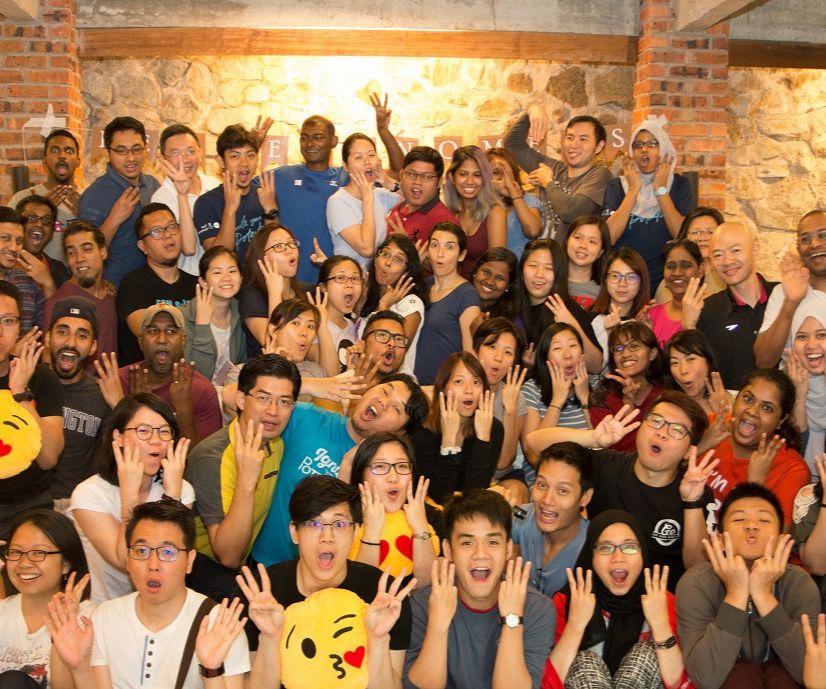Why Hybrid Working Is The New Privilege

The biggest story in the working world right now, in case you’ve missed it, is The Great Resignation.
Whilst it may sound like a reboot of an old Charlie Chaplin movie, it is in fact a (supposed) global movement instigated by people who are finally recognising that they can do better.
For too long employees have tolerated poor management behaviour, unfair working arrangements or just downright bad workplace culture. Post-pandemic appears to be the time where the working world has decided that enough is enough and it’s time to look for better, including the opportunity to have more control over one’s working arrangements.
Change is a good thing
Of course, whilst little has changed in the world due to the restrictions the pandemic has wrought, much has changed in the world of work. As lockdown orders were issued in 2020 and 2021, senior managers not only had to re-imagine how work would get done but implement it too.
Technology was ‘rolled out’, videos were recorded, and managers were briefed ahead of the biggest change to working conditions seen for 20 years. Importantly, the behaviours, which for years had been allowed to get in the way of greater flexibility of where work could be done by employees, were removed in an instant as ‘working from home’ became the norm.
Except that the situation the world found itself in was anything but a ‘norm’. The balance of power with regards to where work gets done has shifted to the employee and many employers are still uncomfortable with this, insisting that in-person is the ONLY way to get things done. These employers are in denial and may see a dramatic brain drain as employees look for better terms than the ones they had pre-pandemic.
The organisations that have thrived – culturally – during the pandemic, recognised that this balance shift is a good thing and are able to offer hybrid working as a benefit because of their largely office-based operations.
Here in Australia, software company Atlassian is one such organisation, who have implemented an approach called Team Anywhere. It believes that by implementing this approach, not only can Atlassian tap into a richer pool of talent (which is often difficult as a result of Australia’s restrictive immigration policies) but it is also improving the productivity and effectiveness of its teams by providing them with the opportunity to choose how, when and where to do their work.
All of which is great news for employees that have office-based roles.
Hybrid is a privilege
What’s often missing from this conversation is the fact that unlike flexible working, not everyone can work in a hybrid way.
Surgeons, electricians, chefs, ballet dancers, bus drivers, gardeners, pilots and refuse collectors are just a tiny proportion of roles that aren’t able to sit down with their boss on a Monday and agree where and when work is best done that week. A pilot can’t say ‘actually, I think I’ll just fly that plane to Sydney from home at 7am tomorrow’.
This is the crucial difference between flexible and hybrid working. A flexible working policy may, for example, allow a pilot to change shifts or routes to attend a doctor’s appointment, but obviously she can only fly the plane from the cockpit.
Flexibility should be available for everyone, but not everyone will be eligible for hybrid working.
For organisations that have a mix of roles, there is a very real possibility that a ‘them’ and ‘us’ scenario could be created by those who have the privilege of hybrid working and those that don’t. It’s a challenge that managers need to be equipped to talk about and deal with, in a way that ensures that key staff are retained. This includes being cognisant of the language that they’re using to ensure that people who aren’t able to work hybrid don’t feel alienated; making assumptions of where people are based; and ensuring that expectations are set, agreed and clearly communicated to ensure that there is no confusion.
Related:
- The 5 Challenges Hybrid Teams Face
- Need To Create The Perfect Work From Home Policy? These 3 Sentences Are All You Need
- Making Remote Working Work
- 6 Ways to Efficiently Evaluate Work-From-Home Employees
Those organisations looking to implement hybrid working need to do three things to ensure that it’s successful. Firstly, they need to ensure that all managers (including the senior leadership team) fully understand what it means to be hybrid and what’s required to ensure it’s successful. Secondly, they need to provide clarity to all employees as early as possible on which roles are eligible for hybrid and which aren’t. Lastly, they need to undertake tailored training programs for managers to provide them with the skills to inspire and motivate staff, using language and actions that are inclusive, regardless of where staff are based.
By providing employees with the opportunity to work in a hybrid way, organisations need to ensure that not only do management skill sets need to evolve to meet the challenges it brings, but also that there’s a recognition that hybrid working is a privilege that some may never have.
Working from home (WFH) can get very challenging. However, by having a good system in place - i.e proper and effective methods of communication, employee engagement and check-ins, WFH can be sucessful. Introducing Happily (or Budaya for those from Indonesia). Watch this video and learn how you can continuously engage with your employees.
Happily (or Budaya for those from Indonesia) is an amazing engagement app built for organisation to drive engagement amongst employees. It has amazing analytics and also provides activities for employees to be fully immersed in the organisation's culture and values. To find out more, click here or email info@leaderonomics.com
Functional
Tags: Covid-19, Executing Leadership, HR, Companies, Transformation & Change, Organisational Challenges, Business Management






